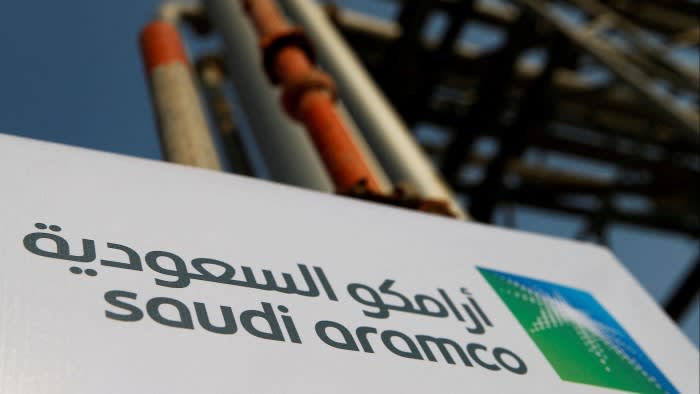Unlock the Editor’s Digest for free
Roula Khalaf, Editor of the FT, selects her favourite stories in this weekly newsletter.
In the Middle East, state-owned oil companies have a reputation for focusing on domestic needs. But recently two of them have begun to venture away from their homelands to invest. Saudi Aramco and Abu Dhabi’s Adnoc, in particular, have sought out deals in international natural gas trading. There will be more to come.
Both have recently signed marketing agreements with liquefied natural gas (LNG) exporters such as Sempra and NextDecade. They own LNG export terminals in the US. Saudi Aramco this week denied reports it (and separately Adnoc) was considering a bid for gas producer Santos in Australia, with a market value of $17bn. But such talk will continue: These national oil companies, long called NOCs, are looking more like I-NOCs.
Saudi Aramco and Adnoc see themselves as energy companies first, not so much hydrocarbon producers. In Saudi Arabia and Abu Dhabi plenty of investment, and frankly promotion, goes to sustainable energy production. After all, Abu Dhabi hosted COP28 in November last year. But both companies still see a future for oil and especially gas to fill any gaps left by renewable sources. Even in the most optimistic scenario for the growth of renewables, fossil fuels will make up 62 per cent of primary energy demand in 2030, notes the IEA.
For Saudi Aramco, a shift into LNG trading makes some sense. Saudi has sought to shift from burning its own crude oil for power generation to using natural gas, first, and more recently solar and wind. It always had natural gas associated with its oilfields. The problem was that producing more gas meant doing the same for crude — not good if Opec was curtailing supply. But recent local finds, including at Jafurah with 229trn cubic feet of proven gas reserves, according to S&P Global, means Saudi gas output should increase 60 per cent between 2022-2030, according to Citi’s analysis.
Some of this goes to domestic power demand, and to creating blue hydrogen (and ammonia) from methane. But there will be gas left over. Hence the interest in selling gas in international markets including into Asia as the continent moves away from coal-fired power generation. India gets over 73 per cent of its electricity from coal.
As for Abu Dhabi, it is a net importer of gas for now, dependent on Qatar for low priced gas imports on long term contracts beyond 2030. But Adnoc too has hopes of exporting gas in the next decade, says Aditya Saraswat at Rystad Energy.
Both Saudi Aramco and Adnoc see natural gas as a destination, not so much a transition fuel. Expect more competition for global gas assets from these I-NOCS in the years ahead.
alan.livsey@ft.com


